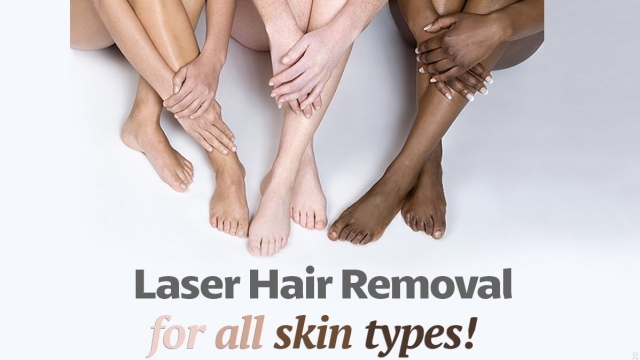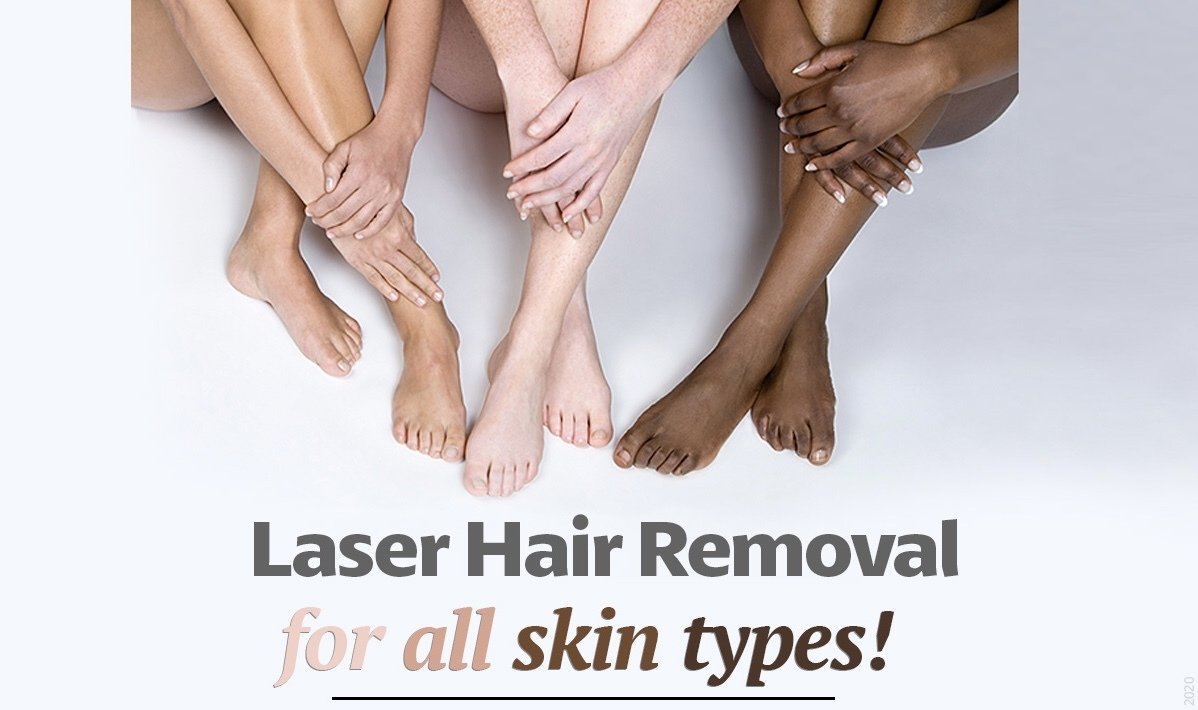
Smooth and Fuss-Free: Your Guide to Laser Hair Removal
Laser hair removal, a revolutionary and increasingly popular cosmetic procedure, offers individuals a smooth and fuss-free alternative to temporary hair removal methods. Whether you’re tired of constantly shaving, waxing, or plucking, laser hair removal might just be the solution you’ve been seeking. With its long-lasting results and minimal discomfort, this procedure has become a go-to choice for those looking to achieve silky-smooth skin. In this comprehensive guide, we will delve into the intricate details of laser hair removal, exploring its benefits, process, and what to expect in order to help you make an informed decision. So, say goodbye to unwanted hair and say hello to a lifetime of hassle-free grooming!
Understanding the Basics of Laser Hair Removal
Laser hair removal is a popular method for achieving smooth and hair-free skin. It is a non-invasive procedure that uses laser technology to target and remove unwanted hair. The process involves emitting a highly concentrated beam of light into the hair follicles, which is then absorbed by the pigment in the hair. This energy is converted into heat, effectively destroying the hair follicle and inhibiting future hair growth.
One of the key advantages of laser hair removal is its precision. The laser is able to selectively target the hair follicles without causing any damage to the surrounding skin. This makes it a safe and effective option for both large and small areas of the body. The most commonly treated areas include the legs, underarms, bikini line, face, and back.
Before undergoing laser hair removal, it is important to have a consultation with a qualified professional to determine if you are a good candidate for the procedure. Factors such as hair color, skin type, and medical history can affect the results of the treatment. It is also essential to avoid sun exposure and tanning beds prior to the procedure, as this can increase the risk of complications.
The number of sessions required for laser hair removal can vary depending on the individual and the area being treated. Typically, multiple sessions are needed to achieve optimal results. This is because the laser is only able to target hair in the active growth phase, and not all hair follicles are in this phase at the same time. The intervals between each session will be determined by the treating professional based on your specific needs.
Laser hair removal offers a long-lasting solution to unwanted hair. While it is not entirely permanent, many people experience a significant reduction in hair growth after completing their sessions. The results can last for several months to years, and occasional maintenance treatments may be needed to maintain the desired outcome.
In conclusion, laser hair removal is a popular and effective method for achieving smooth and hair-free skin. By understanding the basics of this procedure, you can make an informed decision about whether it is the right option for you. Consult with a qualified professional to determine your suitability and embark on your journey towards smoother, fuss-free skin.
Preparing for Laser Hair Removal Treatment

When it comes to laser hair removal, proper preparation beforehand can greatly enhance your treatment experience. By taking a few simple steps, you can ensure that your laser hair removal session is smooth and effective. Here are some important factors to consider before your treatment:
Avoid sun exposure: It’s crucial to stay out of direct sunlight or tanning beds leading up to your laser hair removal appointment. Sunburned or tanned skin can increase the risk of potential side effects like blistering or hyperpigmentation. If you must be outdoors, make sure to use sunscreen with a high SPF to protect your skin.
大專 優惠Shave the treatment area: Prior to your laser hair removal session, shave the area you wish to have treated. This allows the laser to focus on the hair follicles below the surface of your skin, ensuring the best results. However, avoid waxing, plucking, or using depilatory creams as these methods remove the hair from the root, making the laser less effective.
Avoid certain skincare products: In the days leading up to your laser hair removal treatment, steer clear of any skincare products that contain retinoids or exfoliating agents. These ingredients can increase skin sensitivity and may cause irritation or even burns during the treatment. Stick to gentle, non-abrasive products to keep your skin in optimal condition.
By following these simple guidelines, you can prepare yourself for a successful laser hair removal treatment. Remember, consulting with a qualified professional and discussing any concerns or questions you may have is always an important step in the process.
Post-Treatment Care for Smooth and Lasting Results
Hydrate for Healthy Skin: After laser hair removal, it’s crucial to keep your skin hydrated to promote healing and maintain its smoothness. Make sure to drink plenty of water throughout the day. Additionally, apply a gentle, moisturizing lotion or cream to the treated area daily. This will help soothe any potential irritation and keep your skin looking fresh.
Protect Your Skin from the Sun: Direct exposure to the sun’s harmful rays can cause damage to your newly treated skin. Therefore, it’s essential to shield the treated area from sunlight for at least a week following each laser hair removal session. Wear loose clothing that covers the area or use a broad-spectrum sunscreen with a high SPF for added protection.
Avoid Harsh Chemicals and Scrubs: While your skin may feel slightly sensitive after laser hair removal, it’s important to avoid using harsh chemicals or exfoliating scrubs on the treated area. These can potentially irritate your skin and disrupt the healing process. Stick to mild, gentle cleansers and avoid any abrasive actions that may cause unnecessary discomfort.
By following these post-treatment care guidelines, you can ensure your skin stays healthy and enjoy the long-lasting smoothness laser hair removal has to offer. Remember, consistency is key, so be patient and diligent with your aftercare routine.



